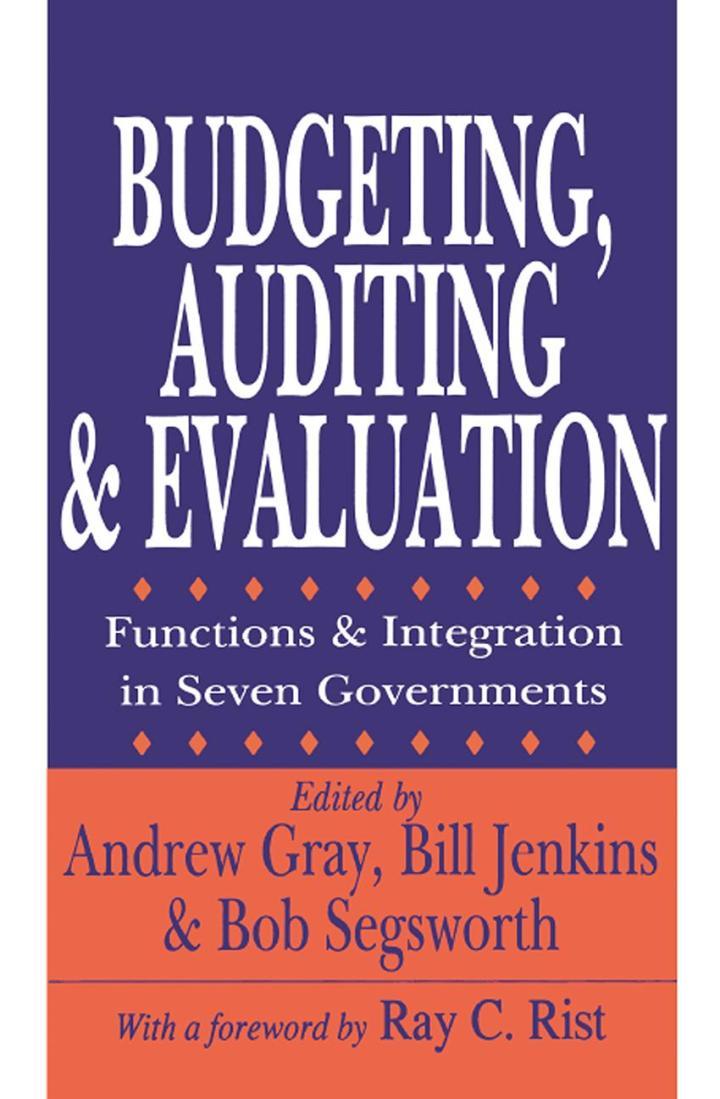Question
8.1. Seattle Health Plans currently uses zero debt financing. Its operating profit is $1 million, and it pays taxes at a 40 percent rate. It
8.1. Seattle Health Plans currently uses zero debt financing. Its operating profit is $1 million, and it pays taxes at a 40 percent rate. It has $5 million in assets and, because it is all-equity financed, $5 million in equity. Suppose the firm is considering replacing half of its equity financing with debt financing that bears an interest rate of 8 percent.
a. What impact would the new capital structure have on the firms profit, total dollar return to investors, and return on equity?
b. Redo the analysis, but now assume that the debt financing would cost 15 percent.
c. Repeat the analysis required for Part a, but now assume that Seattle Health Plans is a not-for-profit corporation and hence pays no taxes. Compare the results with those obtained in Part a.
8.2. Calculate the effective (after-tax) cost of debt for Wallace Clinic, a for-profit healthcare provider, assuming that the interest rate set on its debt is 11 percent and its tax rate is
a. 0 percent
b. 20 percent
c. 40 percent
8.3. St. Vincents Hospital has a target capital structure of 35 percent debt and 65 percent equity. Its cost of equity estimate is 13.5 percent and its cost of tax-exempt debt estimate is 7 percent. What is the hospitals corporate cost of capital?
8.4. Richmond Clinic has obtained the following estimates for its costs of debt and equity at various capital structures:
Percent Debt After-Tax Cost of Debt Cost of Equity
0% - 16.0%
20 6.6% 17.0
40 7.8 19.0
60 10.2 22.0
80 14.0 27.0
What is the firms optimal capital structure? (Hint: Calculate its corporate cost of capital at each structure. Also, note that data on component costs at alternative capital structures are not reliable in real-world situations.)
8.5. Morningside Nursing Home, a not-for-profit corporation, is estimating its corporate cost of capital. Its tax-exempt debt currently requires an interest rate of 6.2 percent, and its target capital structure calls for 60 percent debt financing and 40 percent equity (fund capital) financing. Its estimated cost of equity is 16.4 percent. What is Morningsides corporate cost of capital?
Step by Step Solution
There are 3 Steps involved in it
Step: 1

Get Instant Access to Expert-Tailored Solutions
See step-by-step solutions with expert insights and AI powered tools for academic success
Step: 2

Step: 3

Ace Your Homework with AI
Get the answers you need in no time with our AI-driven, step-by-step assistance
Get Started


